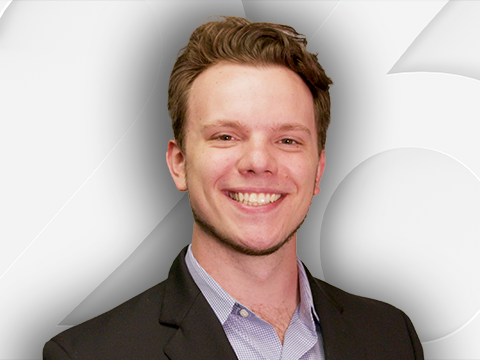NEENAH (NBC 26) — In the City of Neenah, finding a veterinarian for Fluffy or Fido is more challenging now than it was just ten years ago.
“I think our receptionists are unfortunately having to turn away three, four people a day,” said Dani Vanden Boogaard.
Vanden Boogaard is a certified vet tech at the American Animal Hospital in Neenah — and she's the only one AAH Neenah has. They only have one veterinarian as well.
“We've been actively looking for another veterinarian for about a year," said Vanden Boogaard.
She said AAH Neenah can't take new clients, and they can't start a wait list because it would be too long.
Her workplace isn't the only one having to redirect locals.
"We try to keep up-to-date on the local area clinics that are still taking new clients," Vanden Boogaard said. "Sometimes [pet owners] are unfortunately having to go outside the city — even, you know, about a half hour to 45 minutes, sometimes even an hour."
And this problem isn't relegated to Neenah alone.
In fact, across the United States, a similar scene is unfortunately common, according to Dean Mark Markel of UW Madison's School of Veterinary Medicine.
“In particular, rural communities are being affected,” Markel said.
But when he became the dean 11 years ago, veterinarians were abundant. He said there was actually a surplus in the field at that time.
"We were kind of just coming out of the big recession, and people weren't retiring. And so, for a short period of time — a few years — it seemed like we were, people were worried that we were training too many veterinarians," Markel said. "That is certainly not the case today.”
Markel said there are many reasons why the supply is outpacing the demand for animal care services. The American Association of Veterinary Medical Colleges released a statement identifying many of these factors and their plans to improve the situation last July.
They identify several factors at play, including increased pet ownership and involvement post-pandemic, as well as "limited capacity for training veterinary professionals."
According to Markel, many states are still without dedicated veterinary schools, so applications to available programs can be very competitive.
“If you're a nonresident, it is around 2,000 applicants for 34 slots," Markel said of UW Madison's statistics. "So, it's brutal.”
UW Madison is the only university in Wisconsin with a veterinary sciences program. Markel said they've seen a dramatic increase in applicants.
“In our circumstance, it's doubled in the last five years. So, it's super competitive. We have 96 slots every year, of which 62 of those are for residents in the state of Wisconsin. And for those 62 slots, we have about 200 to 220 applicants," Markel said.
That is an applicant-to-acceptance ratio of about 3.5:1.
Markel said the need for more veterinarians across the country is recognized, and the industry is growing as fast as it can. But a big part of the solution involves expanding opportunities to study and graduate professionals, and that's a solution that takes time.
“There have been a significant number of new veterinary medical schools in the country. In the last 10 years, probably six or seven,” Markel said.
Another important factor is the mental health of workers in the industry, which can be a very emotionally taxing job in the public service sector.
For more statistics and information about the industry, you can visit this link at the American Veterinary Medical Association.
And you can learn more about the Veterinary Medical Services programs available at UW Madison here.




